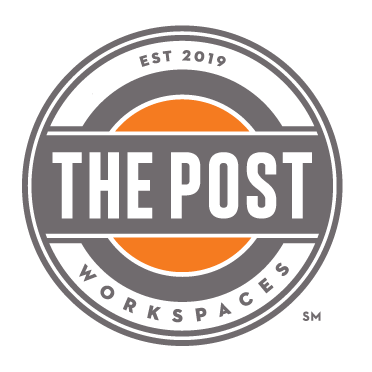
As the dust from the pandemic settles, we see one dominant workplace trend emerging: hybrid work.
Employees and employers alike are embracing a part-time office, part-time remote schedule. It’s a way to balance important in-person communication and collaboration with the flexibility and autonomy of working remotely.
It’s not just mom-and-pop shops testing this approach, either. There are a ton of massive organizations spearheading it, paving the way for others to learn what works and what doesn’t.
So, here are seven real-world hybrid work strategies from well-known companies to show you how they’ve navigated this new way of working.
7 Hybrid Work Strategy Examples
There’s one thing to note: each company’s unique operational needs will determine what strategy works best for them.
However, within these options, you’ll notice a few trends:
- Some workplaces give employees total choice of where they want to work, while others dictate it based on operational needs.
- Many companies provide additional benefits such as home-office set up.
- Even 100% remote work options typically require employees to spend some time in person.
- Most companies have written clear hybrid work policies to explain their approach and expectations.
If you’re considering creating a hybrid work strategy for your team, take these seven examples as insights into what’s possible.
1. Hubspot

Committed to a future of hybrid work, Hubspot offers their employees three flexible work options to choose from:
- @home: Employees work the majority of their time from home and are supported to develop an effective work-from-home setup. They may still visit an office 1-2 times per quarter.
- @office: Employees work from one of HubSpot’s global offices at least three days a week. This option provides team members with a dedicated desk, monitor, and other office fixtures.
- @flex: Employees work from a HubSpot office 1-2 days a week, where they are allocated a “hotel desk.” These team members also receive a work-from-home setup.
All employees are asked to commit to one option for a calendar year, though exceptions may be made to significant life events (ie., marriage, having a child, or changing jobs).
2. Microsoft

Microsoft’s approach to hybrid and remote work is that there’s no “one-size-fits-all” solution.
So, all jobs at Microsoft are clearly identified in the job description as 50% work-from-home, 100% work-from-home, or on-site only. They also indicate which location or multiple locations are connected to the role.
This approach allows for some remote options, but employees are not given the choice over their schedule—it’s dictated by the job description.
3. American Express

To increase workplace flexibility, American Express operates under the Amex Flex model. Depending on the role and business needs, employees work on one of three schedules:
- On-site: 4-5 days in the office per week, reserved for roles that cannot be effectively performed remotely or employees who want to be in the office.
- Hybrid: 1-3 days in the office. Leaders will plan for common days so team members can benefit from in-person collaboration.
- Virtual: Exclusively work from home.
4. Airbnb

In April 2022, CEO Brian Chesky announced via email to all employees that they have the choice to live and work anywhere they want. Other key points:
- There will be regular team meetings, off-sites, and social events to encourage in-person connection.
- Airbnb will partner with local governments to make it easier for employees (or anyone) to live and work abroad.
- Compensation will not change based on where employees work.
5. Nike

After changing its remote work policy a few times, Nike announced a return-to-office plan in May 2022. Companies are required to be in the office three days a week with the option to work from home for two days.
CEO Jeff Nichols explained the importance of in-person communication in an email from 2021: “While it’s true many of us feel productive working remotely, there’s something about spending time in the office with your team. WHQ is the physical representation of Nike’s heart and soul. Coming back together means the opportunity to honor our legacy and create the future together. And we’ll do it with added flexibility – because we know that work happens anywhere, not just in an office.”
6. 3M

In 2021, 3M rolled out their Work Your Way policy for all employees globally. It’s a “trust-based” approach that allows employees to create their own schedule, whether that be fully remote, hybrid, or fully in the office.
Aman Gupta, vice president of Enterprise Workplace Strategy, encourages employees to choose the strategy that helps them both deliver business outcomes while taking care of their well-being.
7. Pinterest

PinFlex is a hybrid-work policy designed to balance flexibility and in-person moments. Employees are encouraged to work from wherever they choose, whether at home, in the office, or a combination of both. No matter the choice, they have access to all Pinterest offices.
Further, Pinterest employees receive the benefit to spend three months working outside their country of employment within a 12-month period.
Both travel and other expenses for in-person meetings and home-office improvement subsidies are covered by the company.
Each company handles its hybrid work strategy a little differently. The key is to have a clear plan in place and communicate your approach and expectations to employees so everyone is on the same page.
One essential piece to an effective hybrid work strategy is choosing the right office space. Even a fully remote team needs flexible office space—in-person collaboration is a key part to any organization’s success.
If you’re looking for a productive and collaborative workspace alongside other like-minded professionals, book a tour of The Post today.
